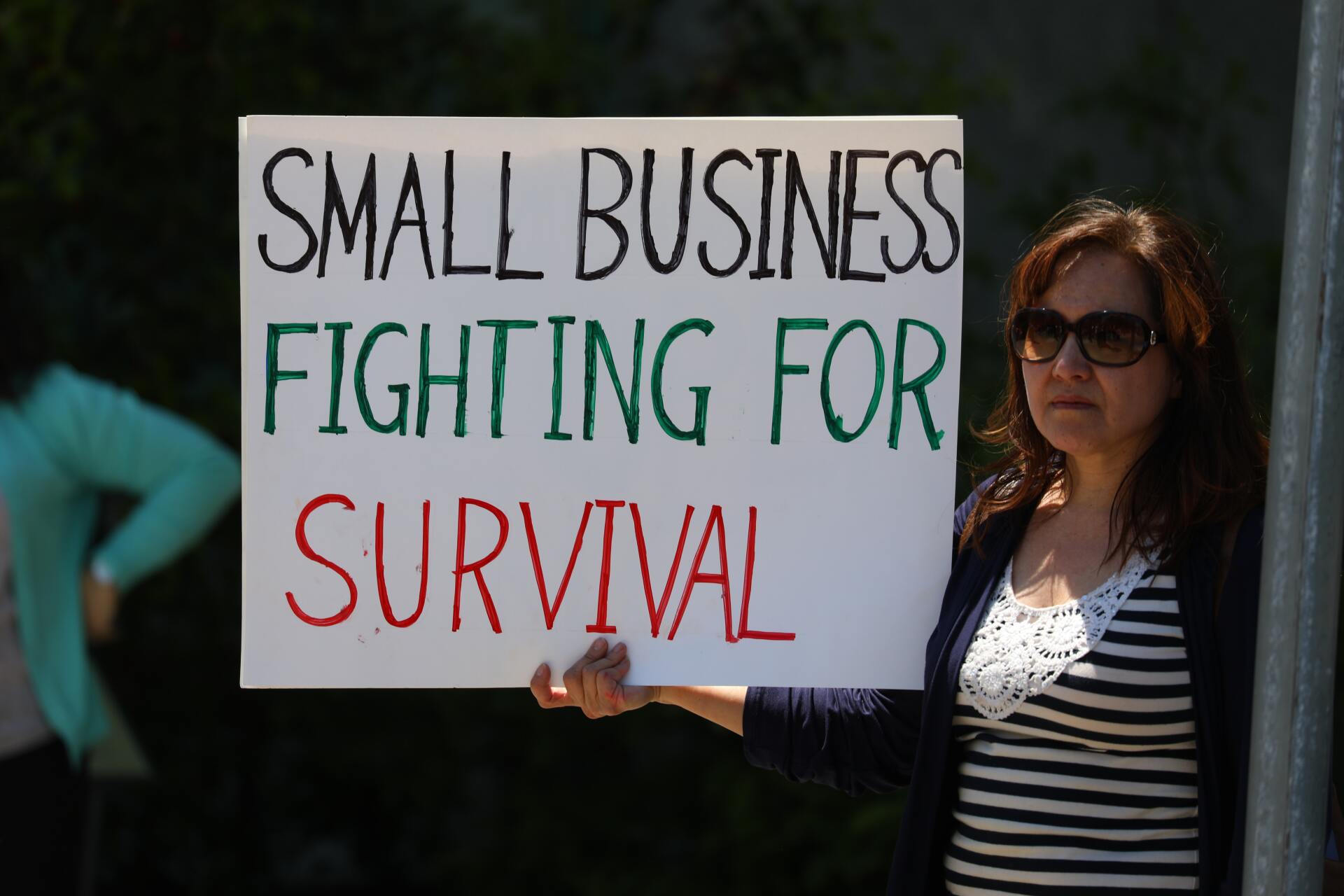Business Financing Options for Bad Credit
As a business owner, having bad credit (whether personal or for your company) is a catch-22. It’s hard to grow faster without financing, but it’s just as difficult to get approved because of your credit score. While bad credit financing is generally more expensive, there are some options that may help you get the capital infusion you need. Here are five types of financing to consider, along with the pros and cons of each one.
Short-Term Loans
Get a lump sum of working capital with a fast repayment time. This can help you grow your business credit while also borrowing a small amount to help you with near-term needs. Naleu’s network of online lenders offer easy online applications and fast approval times.
Pros:
- Get access to your funds quickly
- May find unsecured options
- Lower credit score minimums
- Fixed payments make it easy to budget repayment
Cons:
- Higher interest rates
- May have frequent, automatic payments (such as daily or weekly)
- May require personal guarantee and/or place lien on business
Business Line of Credit
Rather than receiving a lump sum of money, a business line of credit gives you access to an account you can draw on as you need extra funds for your company. You’re charged interest on your outstanding balance and pay down your debt just as you would with a credit card.
Pros:
- Only pay interest on what you owe
- Solve short-term cash flow problems
- Have emergency financing already available when you need it
Cons:
- High interest rates, especially for bad credit borrowers
- May lead to unnecessary debt if you draw on your line when you don’t really need it
- May have additional fees compared to other types of business financing
Merchant Cash Advance
With a merchant cash advance, your business receives an upfront payment and subsequently makes automatic payments as a percentage of your credit and debit card sales. Rather than interest, you’re charged a factor rate, which is a multiple of the amount you borrow.
Pros:
- Lenders use sales rather than credit to qualify borrowers
- Usually no collateral required
- Funding time is fast
Cons:
- Factor rates are extremely expensive
- Repayment can cause cash flow issues
- Won’t help establish business credit
- Only for businesses with credit card sales
Invoice Factoring
Invoice factoring is similar to merchant cash advances in that it’s based on future revenue. With this type of financing, however, you get an advance on a portion of your business’s outstanding invoices. The lender charges a service fee as well as interest until your clients pay the invoices. Then you receive the remaining funds.
Pros:
- Helps with cash flow while waiting for customer payments
- Low to no credit requirements
- May help you collect delinquent accounts
Cons:
- Interest charged daily or weekly
- Lender may take over your customer relations to collect invoices
- Does not help your business credit score
Equipment Financing
It’s possible to find equipment financing companies that work with small businesses who have bad credit. Part of the reason is because the equipment is used as collateral so if you default on the loan, the lender can simply repossess the property. You may also be able to find options available for new businesses.
Pros:
- Longer loan term spreads out equipment purchase costs
- The equipment serves as collateral, rather than other business or personal assets
- Options to buy or lease available
- May be able to roll in soft costs, such as delivery fees
Cons:
- Only for equipment — doesn’t add any working capital
- Equipment may be repossessed if you don’t pay
- May need large down payment to qualify
Even with bad credit, it’s possible to find lending opportunities for your company’s specific needs.
Explore small business financing solutions with Naleu.


